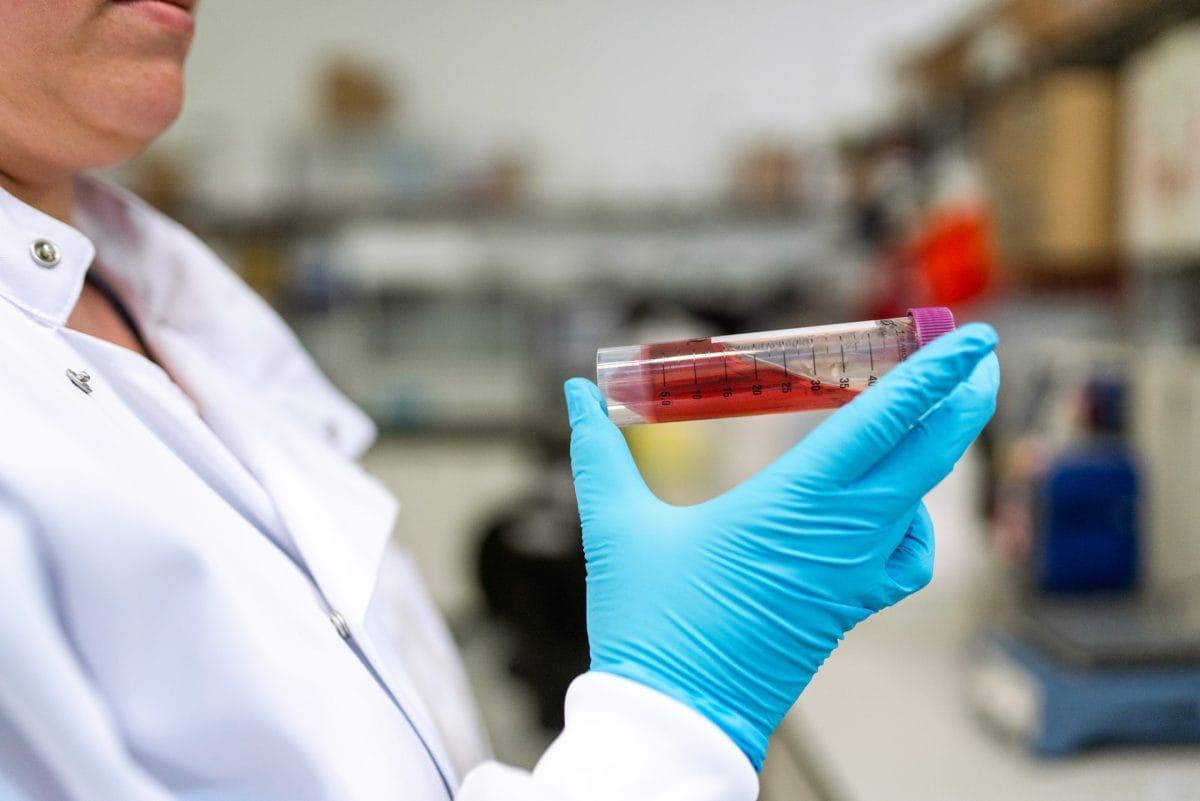In the bustling streets of modern cities, amidst the technological marvels and skyscrapers, lies an often overlooked hero: biomedical waste management. This unsung savior plays a pivotal role in safeguarding public health, ensuring that potential disease-causing agents are properly disposed of. As we delve into the intricate world of biomedical waste, we’ll uncover its significance in preventing disease outbreaks, especially in places like Houston, a city that thrives on medical advancements.
The Silent Threat: Understanding Biomedical Waste
Biomedical waste, often referred to as infectious waste or medical waste, comprises a variety of materials. These include used needles, discarded surgical instruments, soiled dressings, and more. When not managed correctly, these waste products can become breeding grounds for harmful pathogens, leading to potential disease outbreaks.
- The Scope of Biomedical Waste
Every day, hospitals, clinics, and research facilities generate tons of biomedical waste. In Houston alone, the sheer volume of medical waste produced is staggering. It’s not just about the quantity, though. The nature of this waste, laden with potentially harmful microorganisms, makes its management crucial.
- The Risks Associated with Mismanaged Waste
Imagine a scenario where used syringes or blood-soaked bandages are disposed of carelessly. Not only does it pose a direct threat to sanitation workers, but it can also lead to the contamination of water sources and soil. Such contamination can result in the spread of diseases like hepatitis, HIV, and other infections.
- The Houston Scenario: A Case Study
In a city like Houston, where medical facilities are aplenty, the importance of effective medical waste disposal cannot be stressed enough. With a dense population and numerous healthcare establishments, the city stands as a testament to how proper biomedical waste management can prevent potential health crises.
The Art and Science of Biomedical Waste Management
Effective biomedical waste management is both an art and a science. It requires meticulous planning, state-of-the-art technology, and a commitment to safeguarding public health.
- Segregation at Source
The first step in managing biomedical waste is segregation at the source. Different types of waste require different disposal methods. For instance, sharps like needles and blades need to be stored in puncture-proof containers, while infectious waste might need incineration.
- Treatment and Disposal Methods
Once segregated, the waste undergoes various treatment processes. These can range from autoclaving, which uses steam to disinfect waste, to chemical treatment and incineration. The choice of method often depends on the type of waste and local regulations.
- The Role of Technology
Modern technology has revolutionized biomedical waste management. Innovations in tracking, treatment, and disposal ensure that waste is handled with the utmost care, minimizing environmental and health impacts. For instance, many facilities now use barcode systems to track waste from its source to its final disposal, ensuring accountability at every step.
Global Implications of Biomedical Waste Management
As the world becomes increasingly interconnected, the management of biomedical waste isn’t just a local concern—it has global ramifications. The practices adopted in one region can have ripple effects, influencing health outcomes across borders.
- The Environmental Impact
Biomedical waste, if not treated properly, can seep into the environment, contaminating soil, water, and air. Such contamination doesn’t recognize geographical boundaries. Polluted water can travel, affecting marine life and entering the food chain, with consequences felt worldwide.
- The Economic Consequences
Disease outbreaks, often a result of mismanaged waste, can cripple economies. The cost of healthcare rises, tourism dwindles, and trade gets affected. Cities like Houston, with a significant medical presence, understand the economic implications and hence prioritize effective medical waste disposal.
- International Standards and Cooperation
Recognizing the global implications, international bodies have set standards for biomedical waste management. The World Health Organization, for instance, provides guidelines that countries can adopt and adapt. Moreover, international cooperation in sharing best practices, technologies, and innovations is crucial in ensuring that biomedical waste management is effective globally.
Challenges and the Path Forward
While significant strides have been made in the realm of biomedical waste management, challenges persist. Addressing these is essential for a healthier, safer future.
- Evolving Nature of Biomedical Waste
With medical advancements come new types of waste. The recent pandemic saw a surge in disposable PPEs, for instance. Adapting to such changes and ensuring their safe disposal is a continuous challenge.
- Public Awareness and Education
Often, the general public is unaware of the importance of proper biomedical waste disposal. Raising awareness, educating communities, and ensuring that they play their part in waste segregation and disposal is vital.
- Regulatory Challenges
While international guidelines exist, their implementation varies. Ensuring that regulations are up-to-date, comprehensive, and enforced is a challenge that governments worldwide face.
The Interplay of Biomedical Waste and Public Health
The intricate dance between biomedical waste management and public health is a testament to the delicate balance that sustains life in urban ecosystems. As cities grow and medical facilities multiply, this balance becomes even more crucial.
- The Direct Link to Disease Prevention
At the heart of biomedical waste management lies its role in disease prevention. Proper disposal methods ensure that harmful pathogens are neutralized, reducing the risk of outbreaks. This is especially significant in densely populated areas where the spread of diseases can be rapid and devastating.
- The Role of Stakeholders
It’s not just the responsibility of medical facilities to manage waste. Stakeholders, from government bodies to waste disposal companies like Biomedical Waste Solutions in Houston, play a pivotal role. Their expertise, infrastructure, and commitment are the backbone of effective waste management.
- The Future: Sustainable Biomedical Waste Management
As the world grapples with environmental challenges, sustainability in biomedical waste management becomes paramount. This means adopting eco-friendly disposal methods, reducing waste generation, and recycling wherever possible.
- The Call to Action
While the systems and technologies are in place, the real change happens when each individual recognizes their role. Whether it’s a doctor ensuring waste segregation or a citizen responsibly disposing of a used mask, every action counts.
Conclusion
The realm of biomedical waste management, often overshadowed by more glamorous medical breakthroughs, is the silent guardian of public health. Its role in preventing disease outbreaks is undeniable and invaluable. As we’ve journeyed through the intricacies of this domain, from the streets of Houston to global implications, one thing stands clear: the health of our cities, our environment, and ourselves hinges on effective biomedical waste management. In this collective endeavor, every effort, no matter how small, paves the way for a healthier tomorrow.

